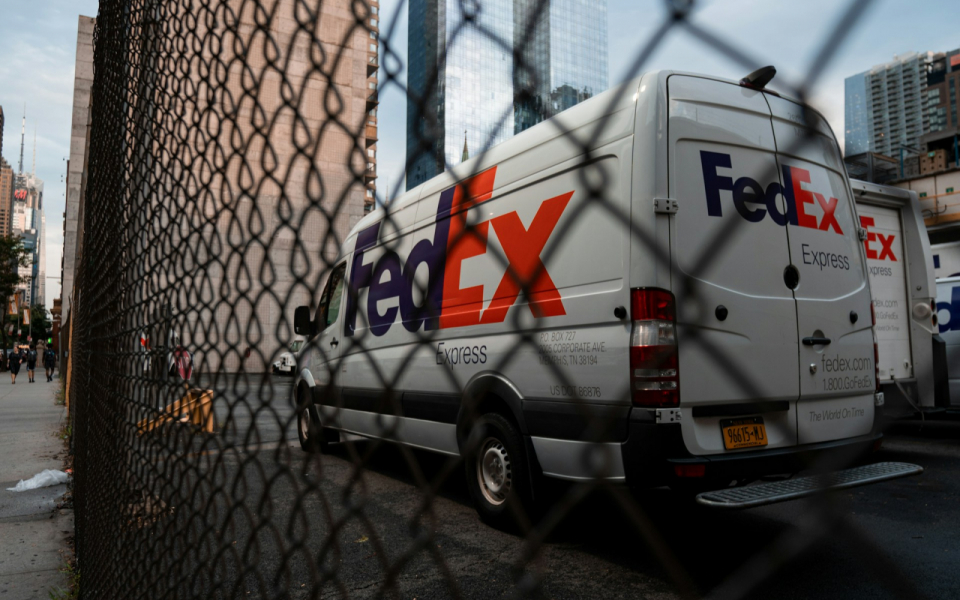On Thursday after market close, FedEx Corporation
he parcel giant reported a sharp fall in profits due to weak demand for high-margin speedy delivery services and lowered its annual revenue forecast. With customers trading down to economy delivery services, FedEx share price tanked 11% upon the report during late trading as the latest results show how bumpy and messy transformations get, also dragging down the shares of its rival, United Parcel Service Inc
First quarter results hurt by weaker-than-expected demand, particularly in the U.S. domestic package market.
Fiscal first quarter results were negatively affected by a change in service preferences, with reduced demand for priority services, increased demand for deferred services and constrained yield growth. The consumer shift towards cheaper delivery options is also affecting United Parcel Service. But UPS blamed squeezed profits on flood of volume from China-linked e-commerce players such as Temu and Shein, while FedEx focused more on lowered priority shipments between businesses.
With stagnant revenue of $21.6 billion, adjusted profit fell to $3.60 per share, down from $4.55 per share earned during last year's comparable quarter.
Cost cuts failed to offset the weak demand for lucrative priority services, in addition to one fewer operating day during the quarter.
A Cut Outlook For The Fiscal Year
While it previously expected a low-to-mid-digit revenue increase, FedEx now guided for revenue growth in low-single-digit percentages. With a challenged macroeconomic environment and competitive pricing, FedEx also narrowed down its previously given adjusted earnings per share range that was from $20 to $22 to $20 and $21 per share.
In addition, FedEx also in the process of winding down its contract work for its biggest client, United States Postal Service (USPS). The contract will end on September 29 with that business being picked up by UPS, taking out $500 million from FedEx's current fiscal year revenue. During the latest fiscal year, the unprofitable USPS air contract brought about $1.75 billion in revenue to FedEx.
Complex restructuring provides a long-term glimpse of optimism.
FedEx aims to slash billions of dollars in overhead costs and improve operational efficiencies while merging its separate Ground and Express delivery divisions. During summer, Wall Street Journal reported that transportation experts expect FedEx to consider spinning off its Freight unit. Subramaniam remains optimistic, reaffirming that the company's "DRIVE" strategy will result in $2.2 billion permanent cost reduction. As J.P. Morgan analyst Brian P. Ossenbeck noted, things should get better if DRIVE-driven savings accelerate throughout the rest of the year and pricing power picks up during the peak season.















